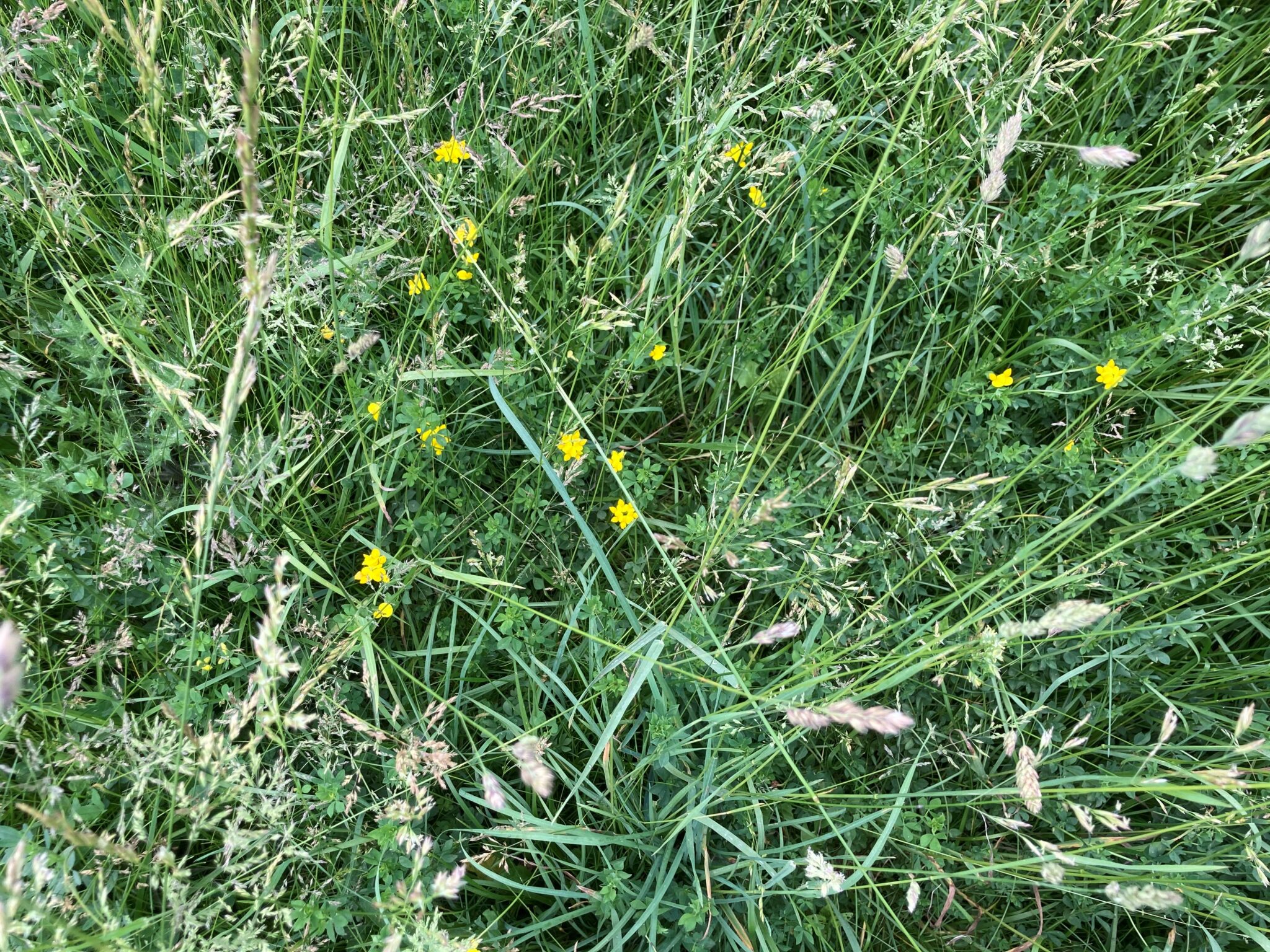Perennial cool-season grass/legume pastures broke winter dormancy several weeks ago. Quick growth will soon occur. Make a pledge that you will not overgraze pastures this year. The greatest curse to the yield and persistence of perennial forages is overgrazing. Managing pasture properly requires much skill, just like any agronomic crop. Much skill is required to do it in an “A” grade fashion because there is a livestock component to the agricultural system, too. Proper pasture management is more than opening the gate to the pasture and letting livestock graze season long.

Having the desired outcome of excellent pasture yield, quality and persistence, like shown in the photo, requires dedicated effort. (Photo Credit: Keith Johnson)
The following table includes several statements that need to be followed as recommendations to have a successful pasture program. Take the time to do a self-evaluation of how good a job you are doing with each statement given. Rankings “Strongly Disagree” or “Disagree” require some attention to have topnotch pasture for your livestock.
If you have not developed a team of resource people that can help you with your questions about forage management, a good starting point is to contact your county’s Purdue Extension Agriculture and Natural Resources Educator and Natural Resources Conservation Service (NRCS) personnel. These individuals have a network within their own organizations and know local-regional agribusinesses and producers that will be able to help you with your questions.
Excellent detailed information developed by NRCS employees about pasture assessment can be found at this link Guide to Pasture Condition Scoring | NRCS (usda.gov).
Developing excellent pasture management skills require much effort, but the wellbeing of your forages and livestock will improve because you do.
| Statement | Strongly Disagree | Disagree | Undecided | Agree | Strongly Agree |
|---|---|---|---|---|---|
| I soil test at least every third year and apply lime and fertilize based on the test results. | |||||
| I know the major soil types of my farm by name and know their strengths and weaknesses. | |||||
| I can identify the major forages growing in my pasture and know their strengths and weaknesses. | |||||
| I remove livestock from a paddock when cool-season grass/legume forage growth is around 4 inches in height. | |||||
| I stockpile perennial pasture in the late summer and early fall. | |||||
| I evaluate pasture growth and potential concerns (overgrazing, weeds, insects, diseases) in the pasture weekly and take action if needed. | |||||
| I document when livestock are moved from paddock to paddock. | |||||
| Where possible and applicable, I graze crop residues and double crop forages to full potential on my farm. | |||||
| I analyze nutrient composition of my hay and use the information to balance rations. | |||||
| I have an agronomist on my list of professionals that has a passion for forage crops. |


